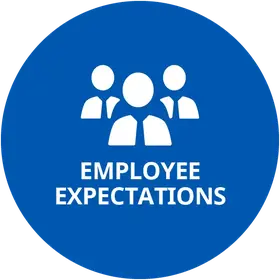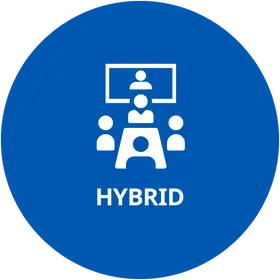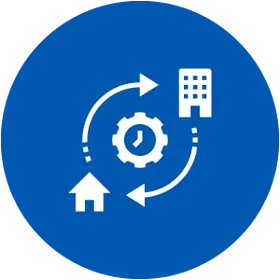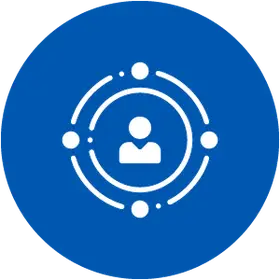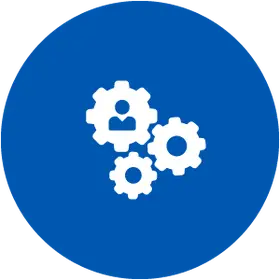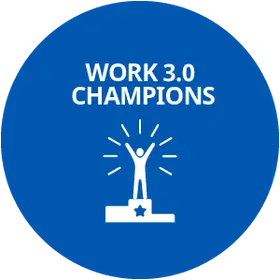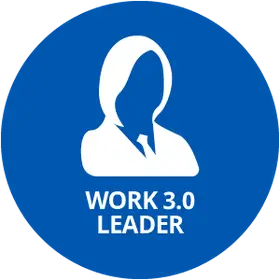Kestria has partnered on the research project organized by the Center for Creative Leadership (CCL), a top-ranked global provider of leadership development, on hybrid working leadership. The report “WORK 3.0: Reimagining Leadership in a Hybrid World”, which surveyed 2,170 leaders across 13 countries in the Asia Pacific (APAC), offers a comprehensive look into the evolution of work and workplaces in the region.
Concluding that the success of hybrid work will hinge on people and culture, the Work 3.0 report examines how leaders must evolve alongside the new realities of the workplace. It articulates the five roles that hybrid leaders will need to embrace:
- the anchored imaginer who inspires commitment to a shared direction,
- the cat herder who drives collaboration without undermining flexibility,
- the risk-averse gambler who forges ahead while processes evolve,
- the wellness hunter who champions work flexibility,
- the tech-savvy humanist who embraces technology but remains people-centric.
